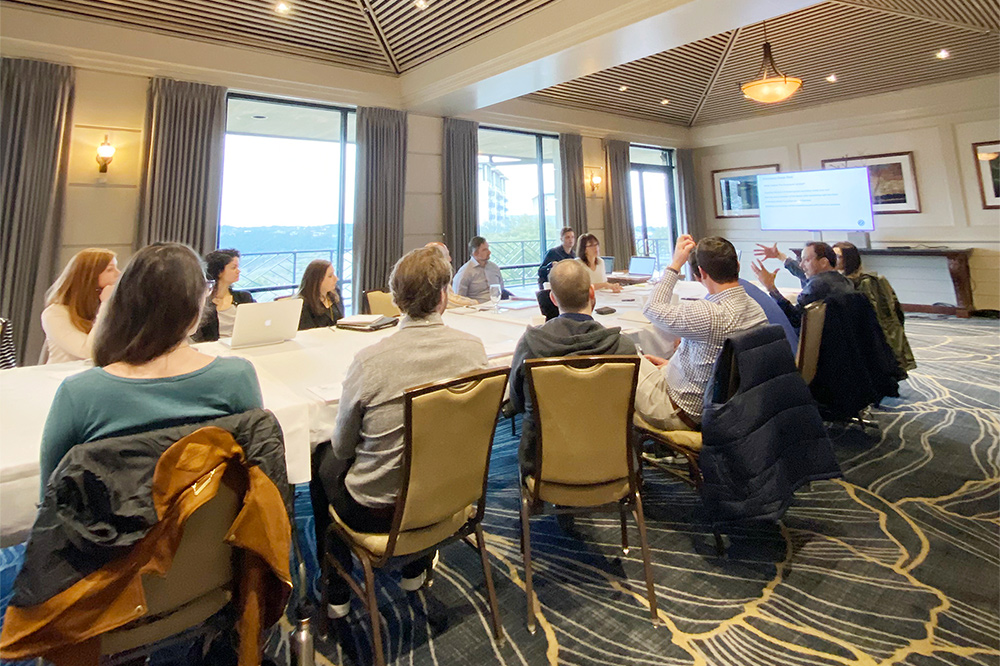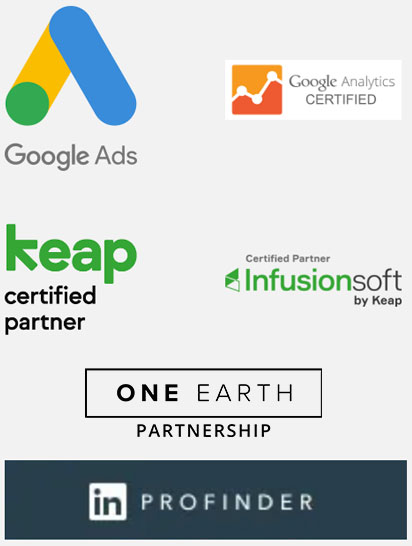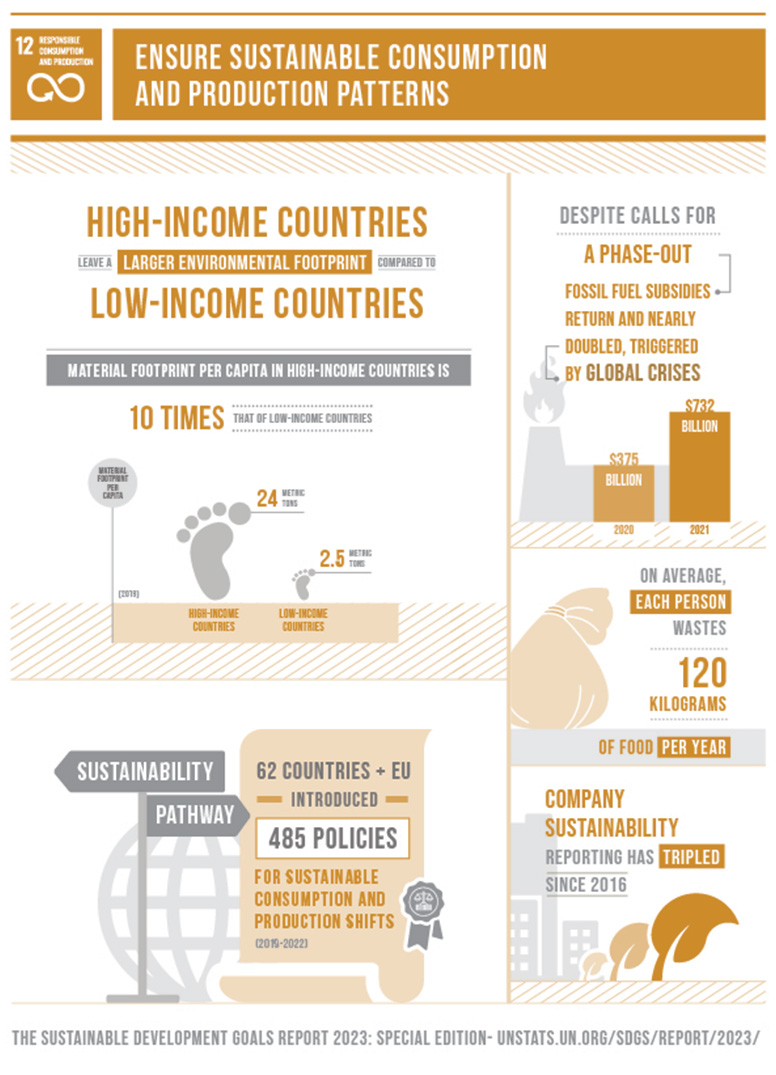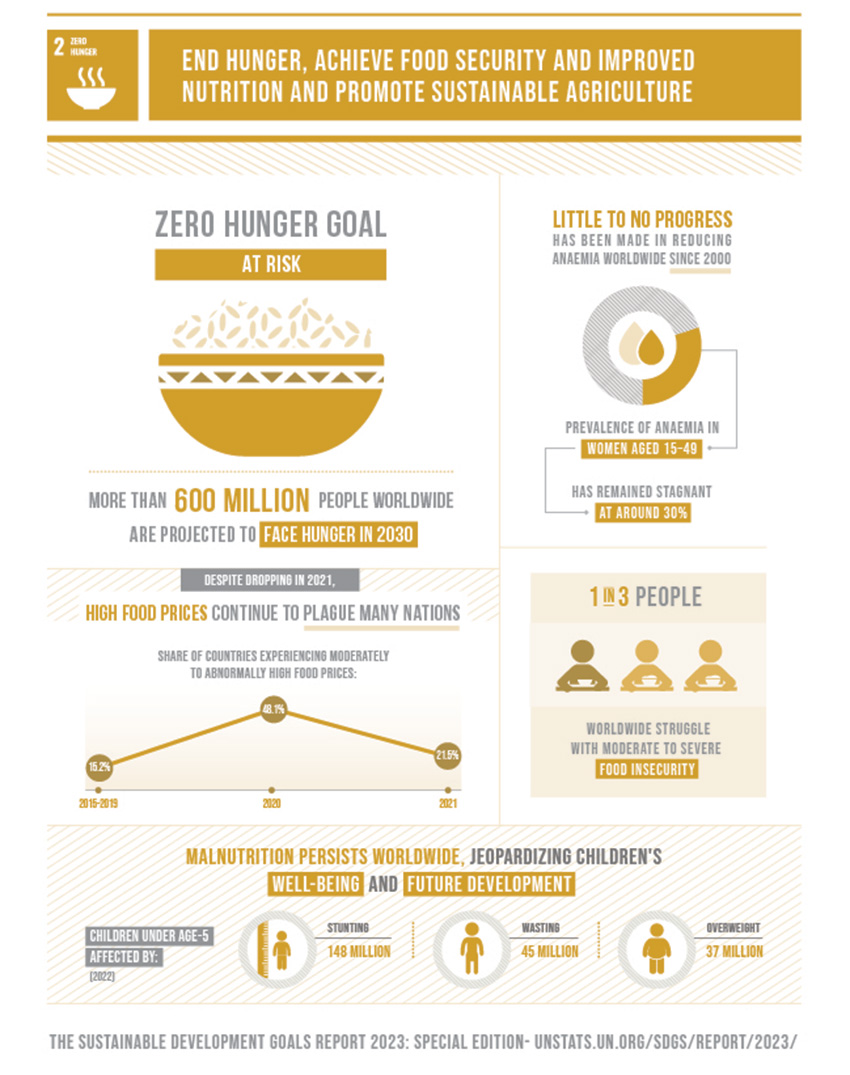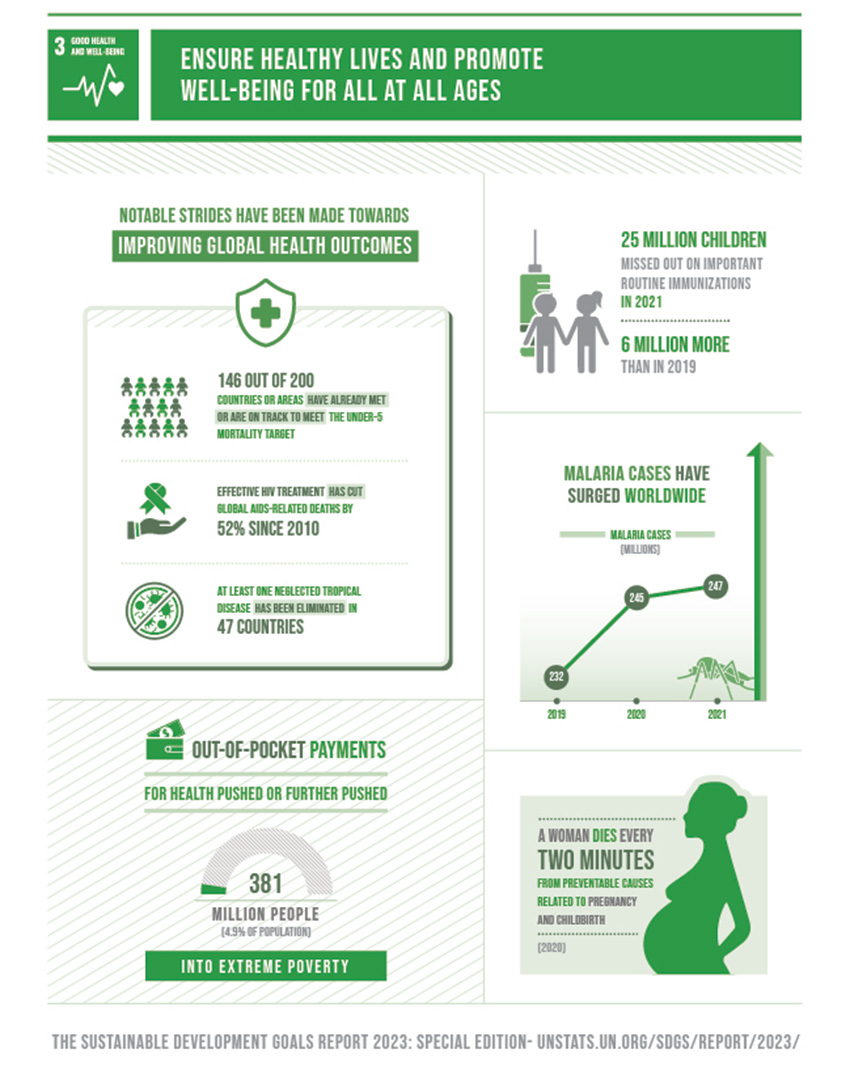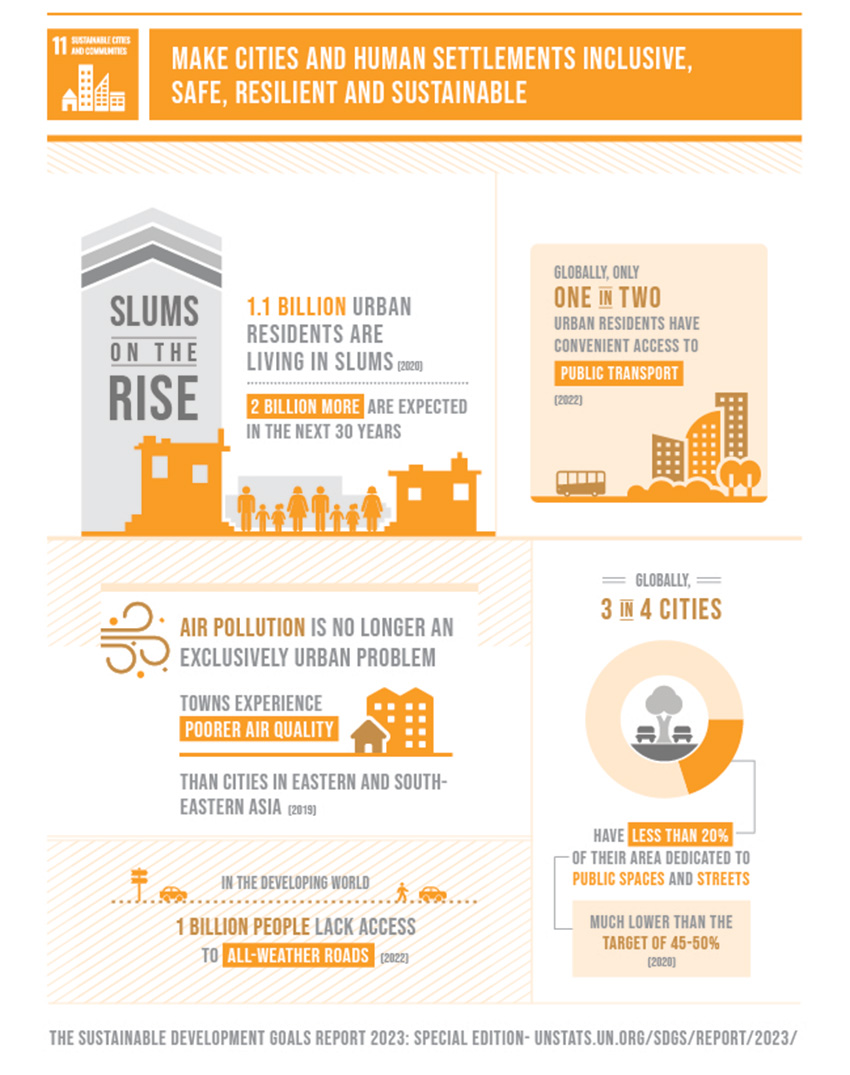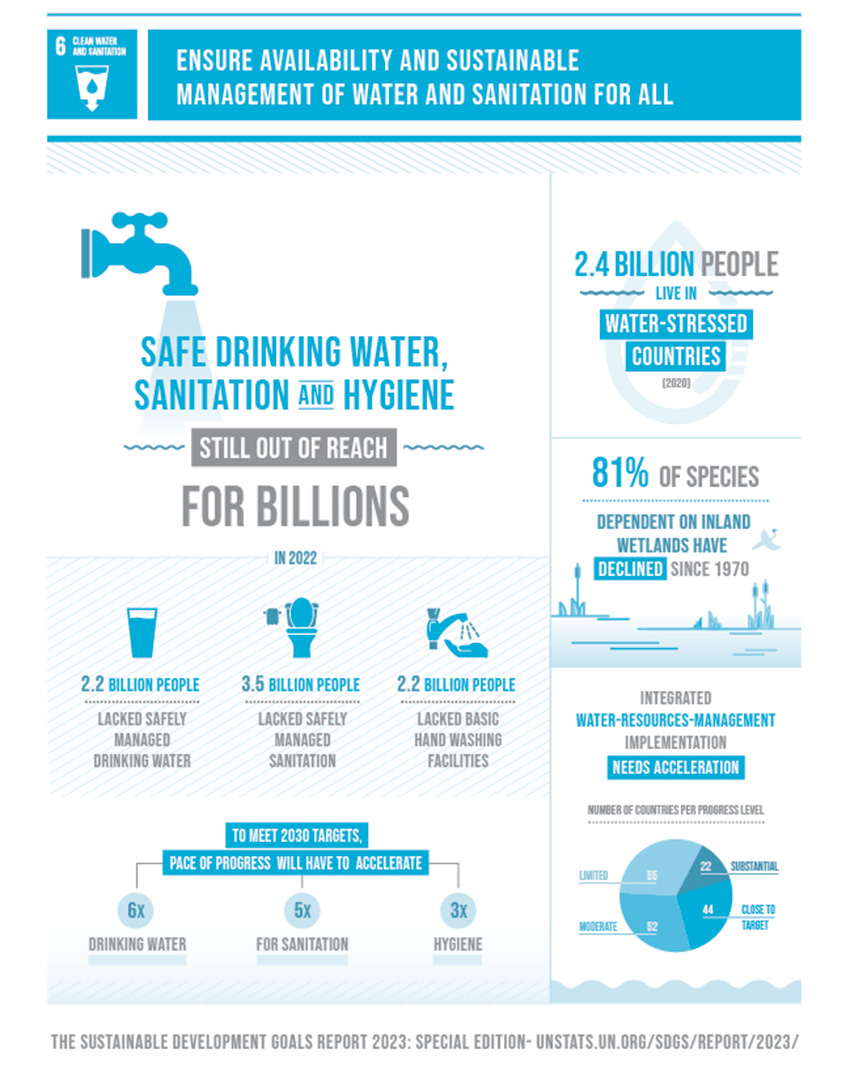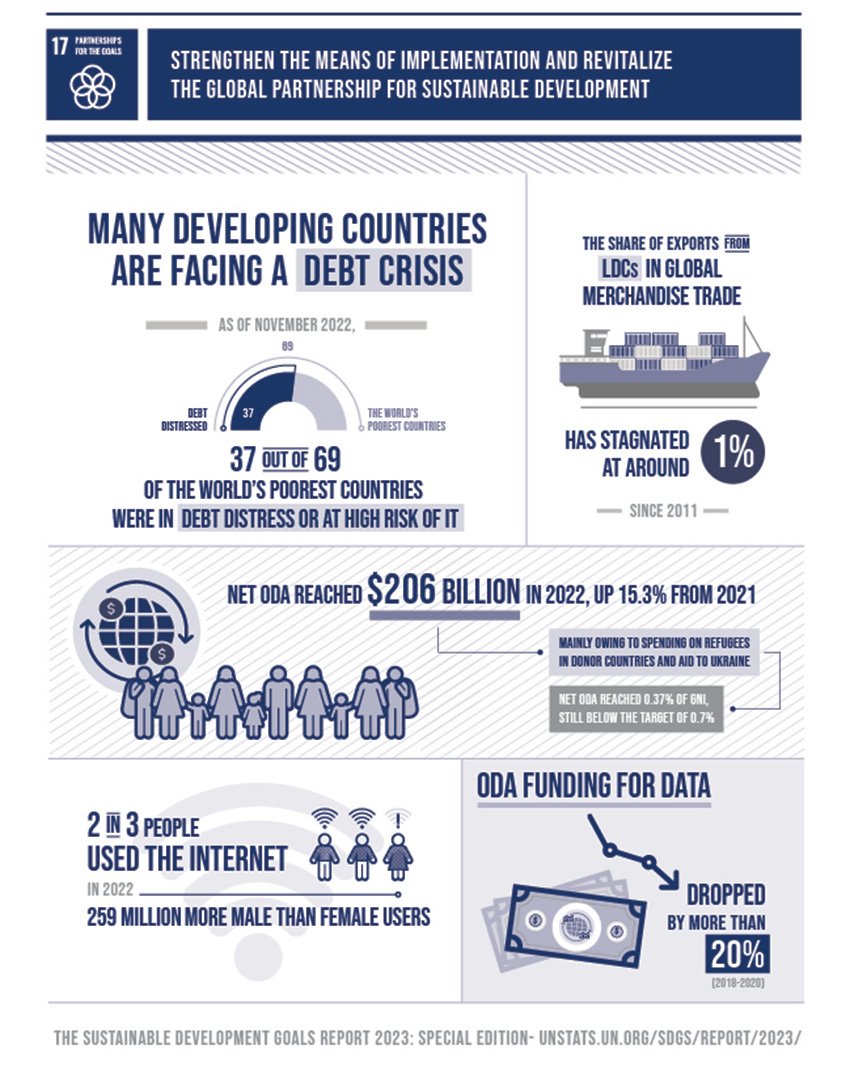Multichannel marketing is utilizes a highly targeted message, pursuing potential customers on all relavent channels.
360° MARKETING STRATEGY
WHAT EXACTLY IS 360° MARKETING?
360° marketing strategies—also called multitouch or multichannel strategies—are essentially talking to the right people with the right message at the right time. They’re strategies based on delivering a targeted message to your prospects through a multitude of relevant channels, such as digital advertising, social media platforms, print ads, or even events.
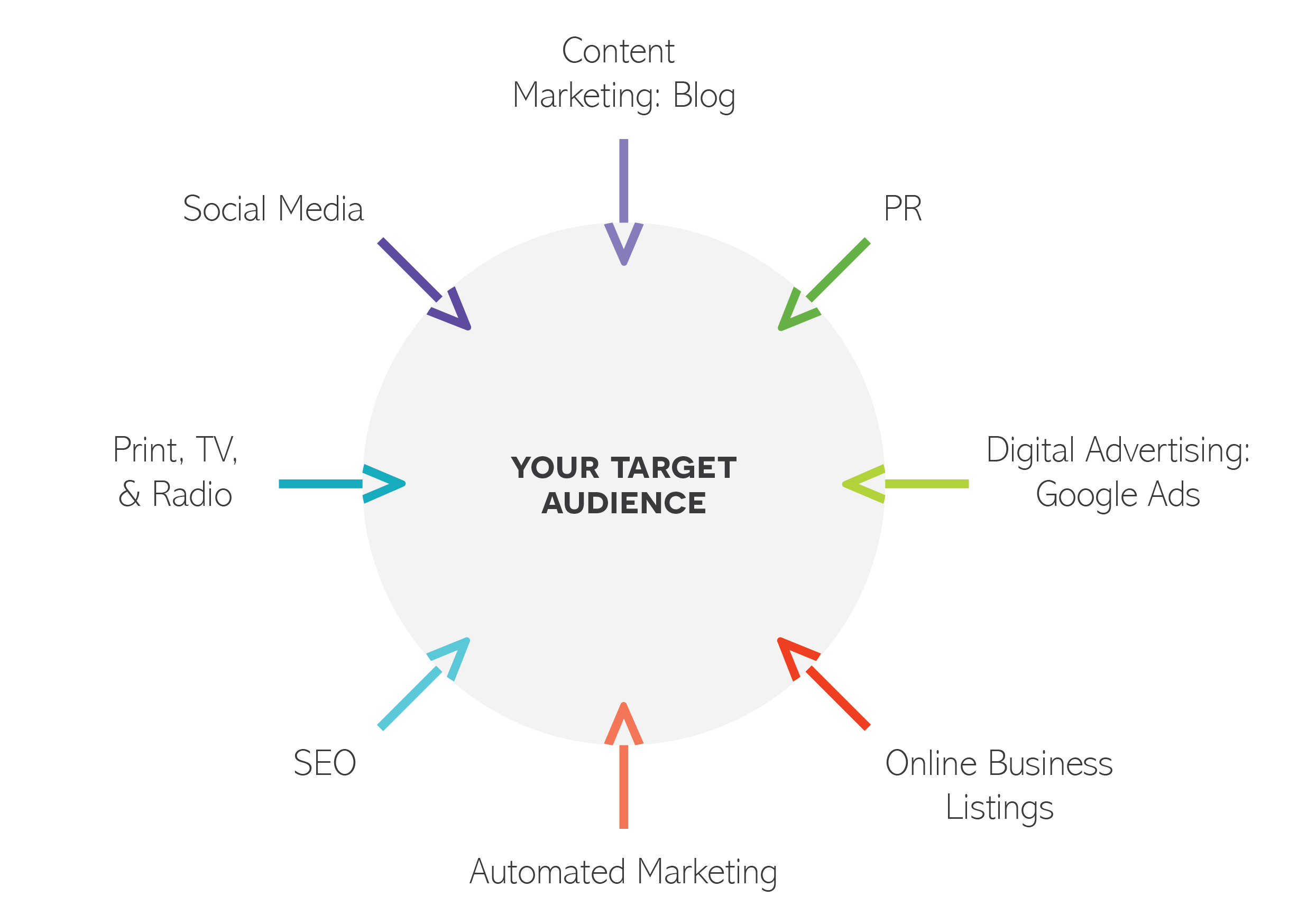
THE RIGHT NUMBER OF TOUCHPOINTS
Although experts say the right number of touchpoints is anywhere from five to more than 15, no single magic number exists for how many touchpoints you’ll need to gain another customer. With years of experience under our belt, we help you to figure out the right number of touchpoints to speak with your consumers effectively and efficiently and then continue optimizing our campaigns based on key performance indicators and their proper metrics.

- What is 360° Marketing?
- Why Should I Use 360° Marketing?
- What Are the Benefits of a 360° Marketing Campaign?
- How Many Channels Does a 360° Marketing Strategy Need?
360° marketing strategies—also called multichannel or multitouch strategies—are based on delivering a targeted message to your prospects through a multitude of relevant channels or touchpoints, such as print advertising, social media platforms, events, etc.
Marketing is essential to a company’s success, but not all marketing strategies are created equal. In a 360° Marketing strategy, you must prioritize all touchpoints—not just one or two—otherwise you cannot keep your audience engaged. The point is not to have your company everywhere, but rather to create the illusion that your company is everywhere.
The biggest challenge small-business owners face is that few people know about their company, service or product. In many cases, potential customers may not even know that they need a particular business or service. 360° Marketing aims to solve that problem. Few purchases are really impromptu purchases, and multichannel strategies lead your customers down the sales funnel by connecting with them at every stage of their journey. As such, a customized 360° Marketing strategy is the best marketing plan for business owners who are serious about reaching their audience, staying top-of-mind and maximizing their return on investment.
Multichannel marketing is utilizing this highly targeted message to create a need and a subsequent spike in interest in your brand or product—and then pursuing that lead on all relevant channels until conversion. It’s not being everywhere, and in most cases, it shouldn’t be everywhere. It is simply creating the illusion of being everywhere at. Of being inevitable and irresistible—and conveniently where your target already is—with significant rewards.
Additionally, utilizing a multichannel marketing approach allows you to control the message around your brand in all relevant places and cultivate content for your audience on their preferred platforms.
We’re not disputing that individual channels can work well. But multiple channels work better. According to Forbes Agency Council, the average human sees 5,000 ads, marketing messages, and emails every single day. Marketing is everywhere. And your prospects are overwhelmed. With so much information floating around, marketers must be smarter and more efficient about speaking to their targets. Now, no single magic number exists for how many touchpoints you need to convert someone into a lead or a sale. Some say it would lie somewhere between six and eight, while others contend it may very well be more than 15. For us, it depends on the client and their goals—but in any case, it’s more than one.


